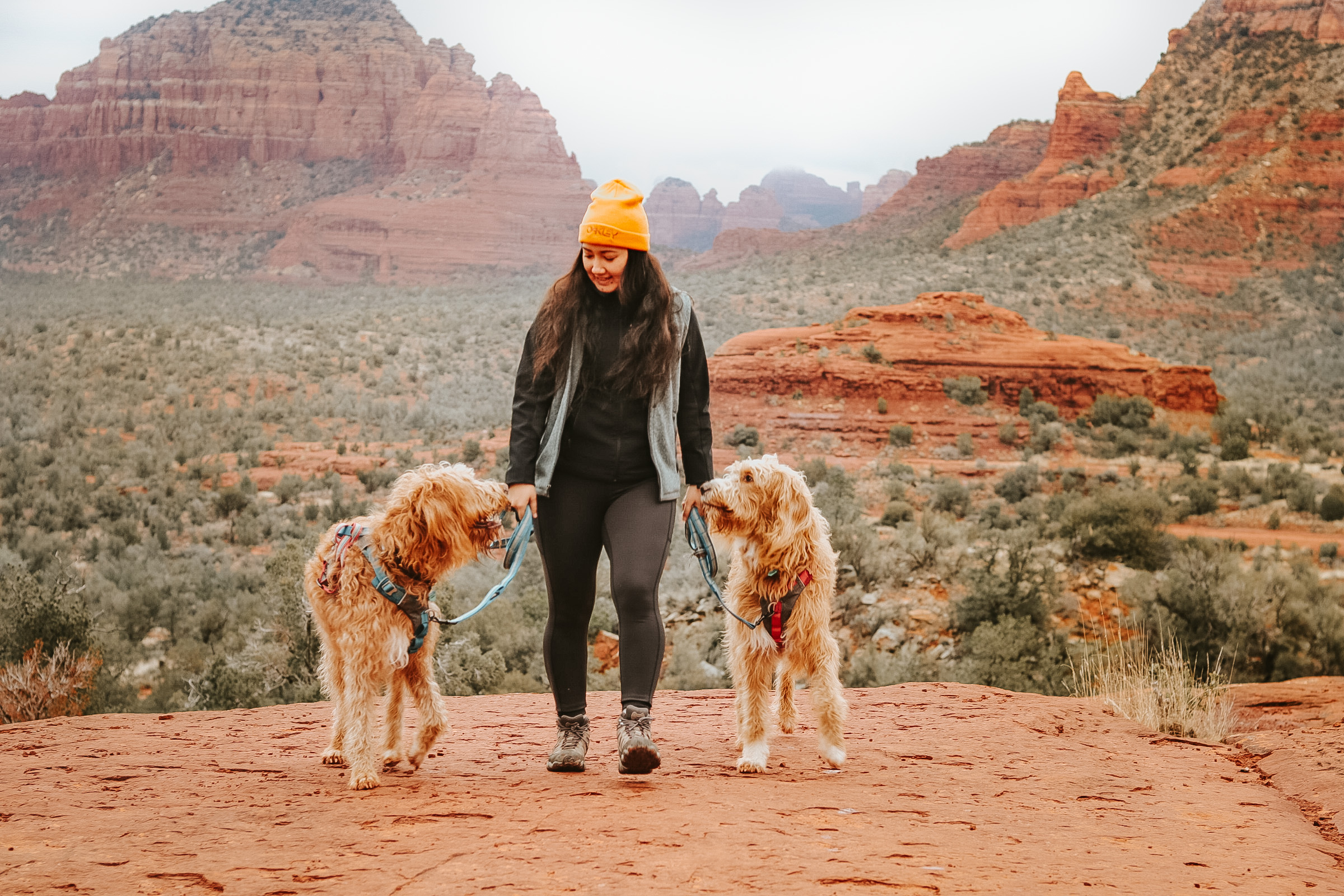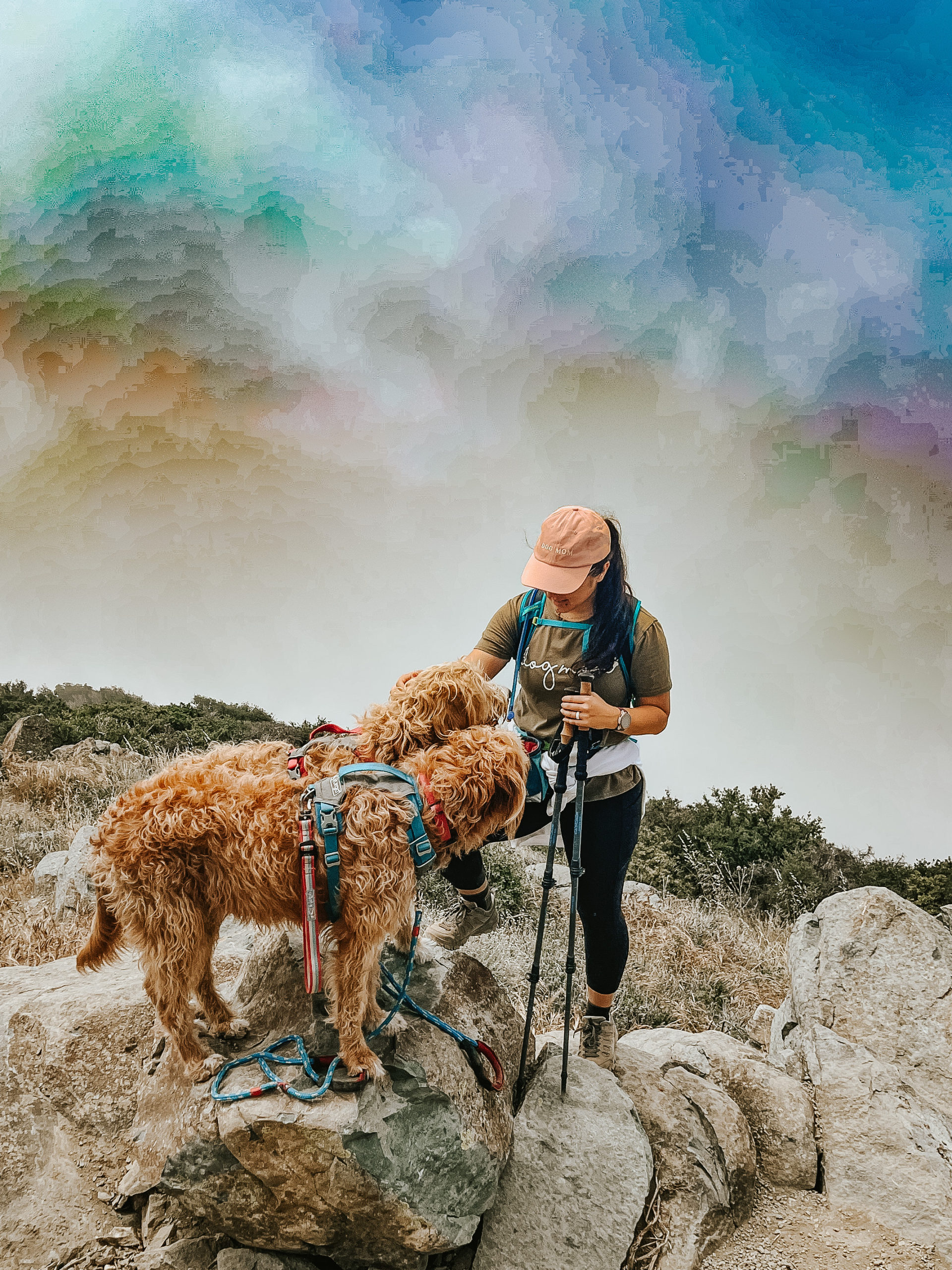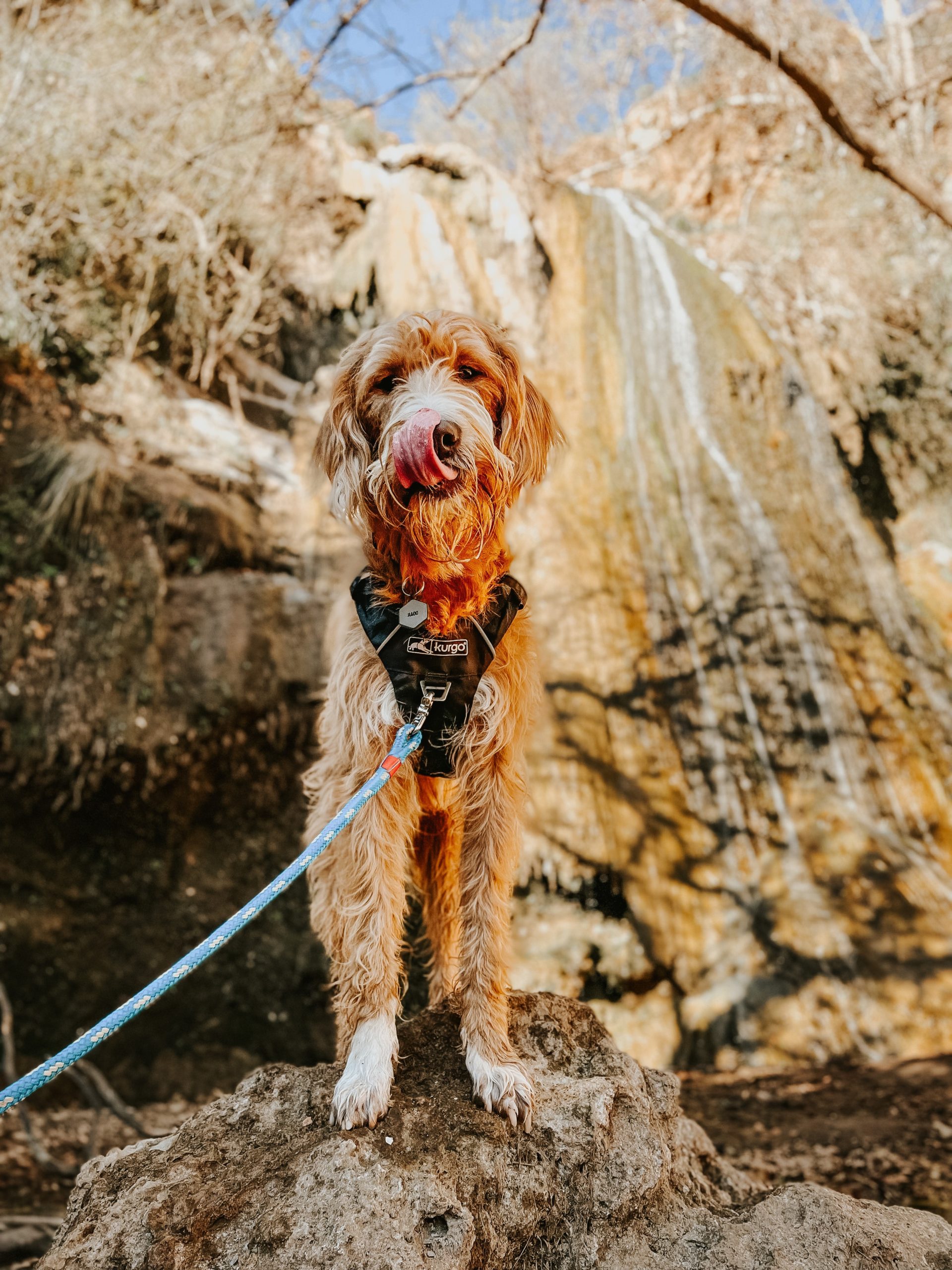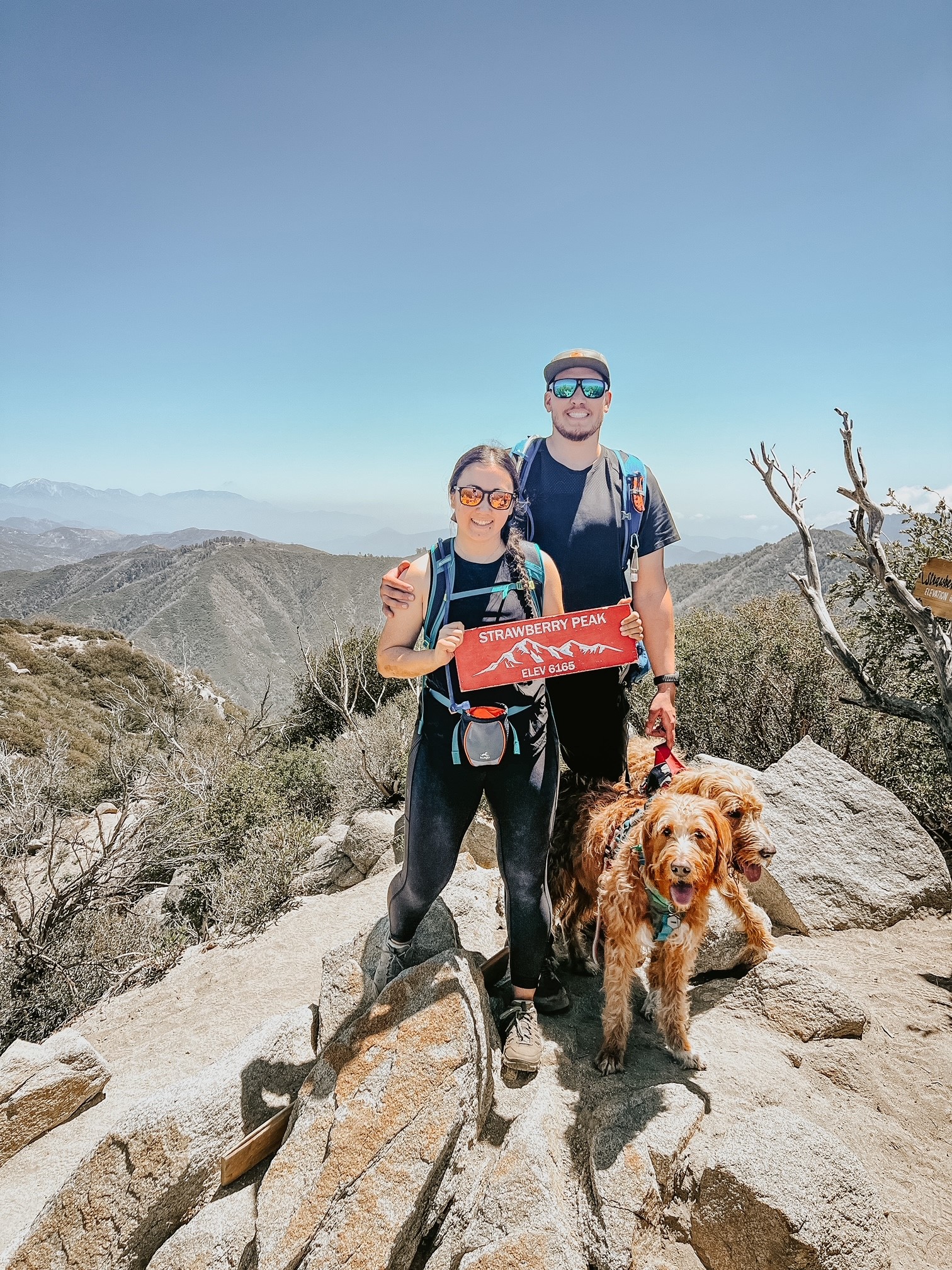Tag: Hiking with dogs
-

The Best Dog-Friendly Hikes For A Weekend In Sedona
29 Jan, 2023
-

3 Dog-Friendly Outdoor Activities Under 1 Hour from the Vegas Strip
29 Dec, 2022
-

Trail Log: Santiago Peak via Maple Springs
30 May, 2022
-

Trail Log: Hiking Mount Pinos to Sawmill Mountain
23 May, 2022
-

6 Dog Friendly Summer Hikes near Los Angeles
20 May, 2022
-

7 Tips for Summer Hiking with Dogs
16 May, 2022
-

Trail Log: Strawberry Peak via Redbox Canyon
11 May, 2022